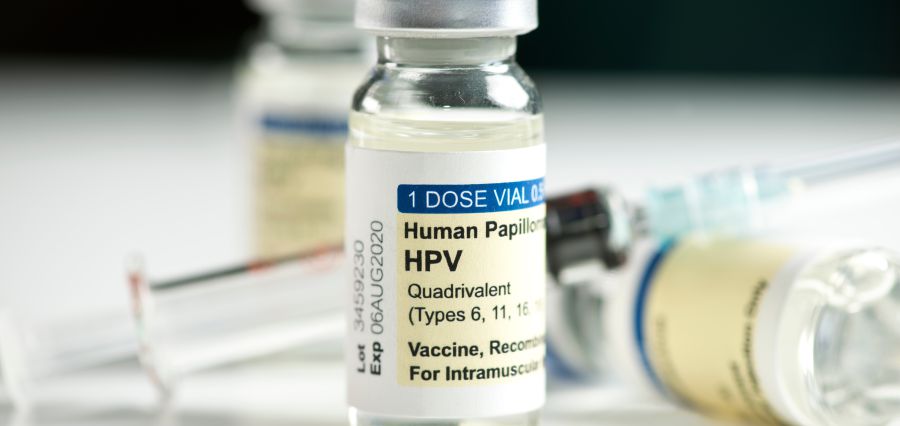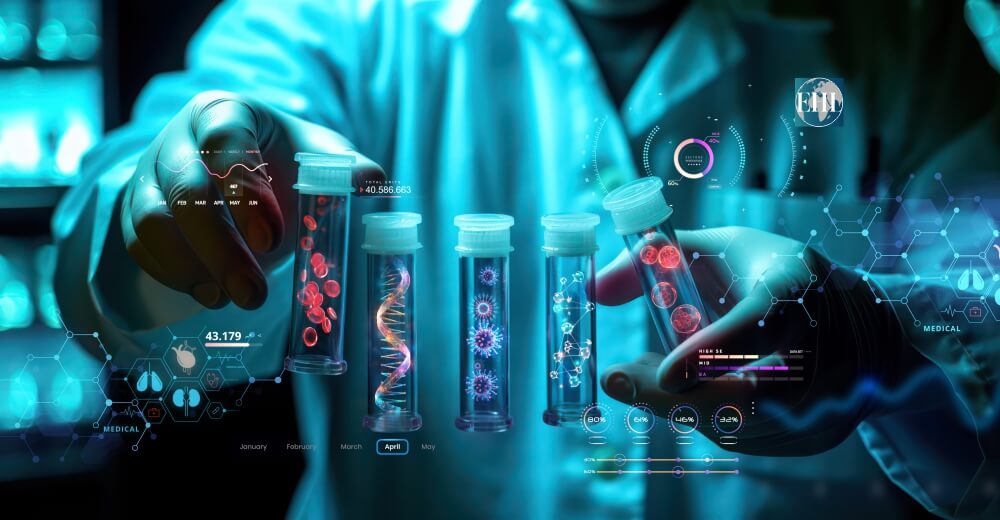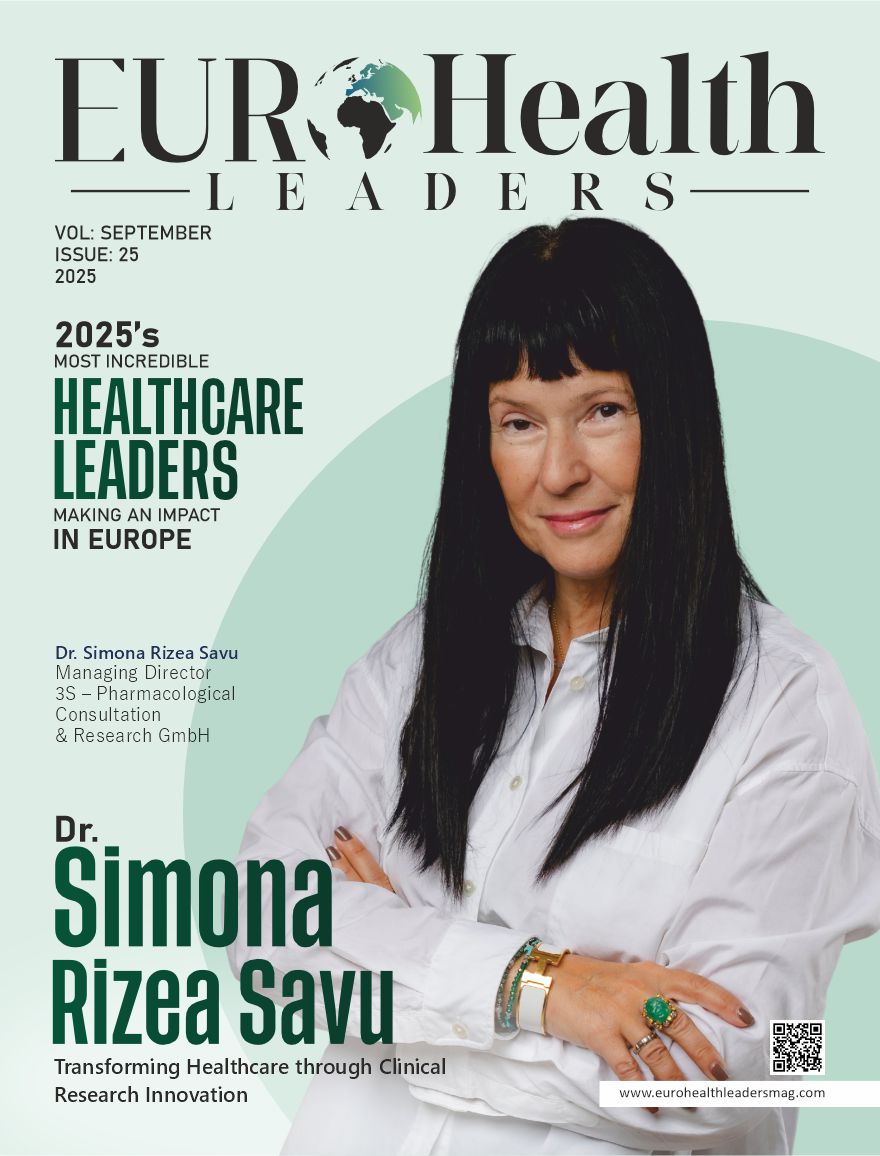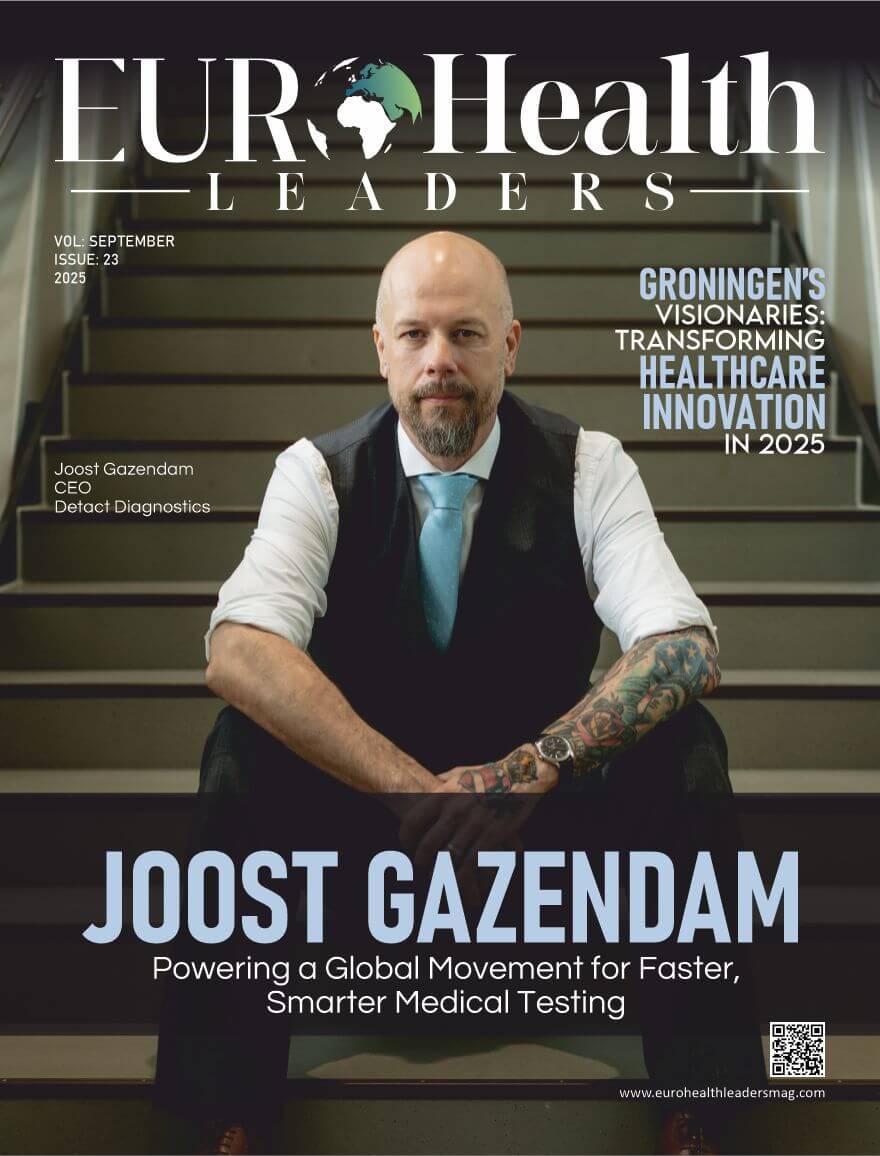Over a period of ten years the world has gone through a big change in the way the people understand and get the healthcare service. The major player of this upheaval is digital health, a power that is quickly redefining the concepts of being healthy, connected, and cared for. Digital health is a change in paradigm in the way we approach healthy living, from the use of simple apps to count steps or monitor sleep to a new method of healthcare system that combines medicine, data, and technology to provide more personalized, preemptive, and efficient ones. Standing between the crossroads of science and innovation, digital health is no longer a far-off concept—it has already arrived and is transforming the future of health.
Digital adoption has been accelerated by the pandemic to a degree that is beyond anyone’s expectation in the world. What was once done only in person, online consultations have become the norm, medical test results are instantly accessible through cloud-based platforms, and wearable devices have become the primary sources of health insights. These changes reflect the speed at which societies are switching to digital health, not as a choice but as a need. The revolution would not be what it is without the convenience, affordability, and reach it offers. But the transformation beneath the change is more profound—one in which health care is less about hospitals and more about people who help people wherever they may be and tailor care for their specific requirements.
The Expanding Role of Digital Health
The ability of digital health to bring together the previously disjointed components of the healthcare puzzle is what makes it revolutionary. It was once a complicated process and a continuous healthcare problem that patient records, lab results, images, prescriptions, and lifestyle data were in different silos that hindered communication. The present time and place enable doctors to casually observe several data through completely secure platforms, thus making the patient’s treatment plan more accurate. Patients are also empowered in the process of care. With the aid of apps and wearable devices, they take charge of their nutrition, activity, blood sugar, or heart rate and then report this data to their doctors. This type of collaboration paves the way for preventive health management besides reactive treatment.
One of the main content pieces is the work of remote monitoring in the digital health sphere. Let’s imagine together a patient with a heart condition whose treatment can be altered instantly and appropriately by the cardiologist with connection to a wearable device, or a senior citizen with diabetes who receives alarms in time to manage glucose levels and thus preclude the coming of troubles. These innovations are transforming the houses into mini health centers, providing patients with the power and therefore lessening the load on hospitals.
Digital Health and Healthcare Technology Trends
Talking about digital health trends, we also need to focus on the trends in healthcare technology that support its growth. One example is artificial intelligence that, among other things, enables radiologists to interpret images faster and with higher precision. Machine learning algorithms are used to review enormous datasets of patients’ history with the goal of suggesting preventive measures even before the symptoms become visible. Telemedicine can now provide solutions to those areas with no or very few doctors that are situated far away from cities, thus getting past the geographical barriers. While using different stages of encryption, such as blockchain technology, the security of the patient’s record gets increased; at the same time, storage becomes easier, and integration among hospitals makes it more comfortable for them to manage big data.
Another healthcare-related trend that has an inseparable connection with digital health is wearable technology. Besides fitness trackers and smartwatches, new devices have been designed that can monitor oxygen saturation, electrocardiograms (ECGs), or even detect the onset of sleep apnea. In the field of healthcare combined with AI, these instruments act as warning signs that could be followed by timely treatment. Basically, nowadays healthcare is not a matter of saving lives when it is too late, but actually, it is about the prevention of those emergencies in the first place.
Patient-Centered Care in the Digital Era
The digital era in healthcare brings with it the most radiant hope to the patients that it will result in their being at the center of care provision. Classical treatment, as known before, was mostly reactionary, focusing on solving diseases after they were diagnosed; however, technology is facilitating a more preventive method. As a matter of fact, patients can now undergo early screening, be under continuous monitoring, and get personalized insights, which enable them to manage their health conditions before they become chronic and serious. Patient-centered care is being powered by the digital means that perfectly meet the patient's requirements, thus providingpatient’s those who are ill with more freedom and, in many instances, better success.
Furthermore, it has been observed that digital platforms have given people access to medical facts in a way that was never possible before. Persons having the right and reliable resources on hand are equipping themselves with knowledge by way of looking into various ways of treatment, checking if what is being said is true, and deciding the best method for them when it comes to health problems. The role of the patient in the doctor-patient relationship has changed as a result of this empowerment, and it is now more equal and transparent.
Challenges Along the Way
Despite its great benefit, digital health is associated with some difficulties. The issues of data privacy and cybersecurity are among the top concerns since medical data is very sensitive in nature. Securing these systems should be an absolute must. There is also the problem of accessibility. The urban and developed areas have no problem with the use of digital health technology, while the rural areas where there is poor internet coverage are at risk of being left behind. It will be very necessary to find ways of crossing the digital divide to ensure that health care opportunities are equally shared.
And there is also the matter of user adaptation. Not all patients are app-friendly or love to wear gadgets, especially those who are elderly. Healthcare providers should come up with the best ways of making the interfaces user-friendly and at the same time ensure that the developments are inclusive rather than exclusive.
The Future of Digital Health
The future of digital health holds a promise of more effortless integration into our everyday lives. If breakthroughs in gene sequencing are achieved, treatments of patients will probably be highly customized depending on their genetic profiles. To make a person lighter, or even in the case of a procedure, where VR can be inserted as an aid in physical rehabilitation, may also be the case. Robots may not only be performing more functions in surgeries but also acting as helpers and as self-ruling machines. Healthcare technology trends are coming together; thus, the future of care is not only going to be more efficient but also more humane and accessible.
Moreover, healthcare technologies will never be far from us. This digital health trend will be increasingly integrated into people’s lifestyles and will practically eliminate the division between patients and clinical health care systems, thus bringing medical solutions within the flow of everyday life. The difference between clinical and personal health will become less distinctive and the real link between lifestyle and medical care will be possible.
Conclusion
It is human history’s distinctive, turning moment marked by digital health soaring. The realms of hospitals and in-person interactions are no longer the only places where care is provided. Instead, we are witnessing the formation of a connected, data-driven, technology-based, and collaborative model, which is the ecosystem of healthcare. The possibilities and challenges hold tight to each other in a bit of a tug-of-war, yet the potential that digital health has over the future of medicine is still extraordinary. As a result of the ongoing healthcare technology trends, we find ourselves entering a period when every individual has the capability to become more responsible for his/her own wellness.
Digital health is not simply a phenomenon. It is a fundamental change—one that will fundamentally affect the way we receive and experience life, health, and care in the next few years.










